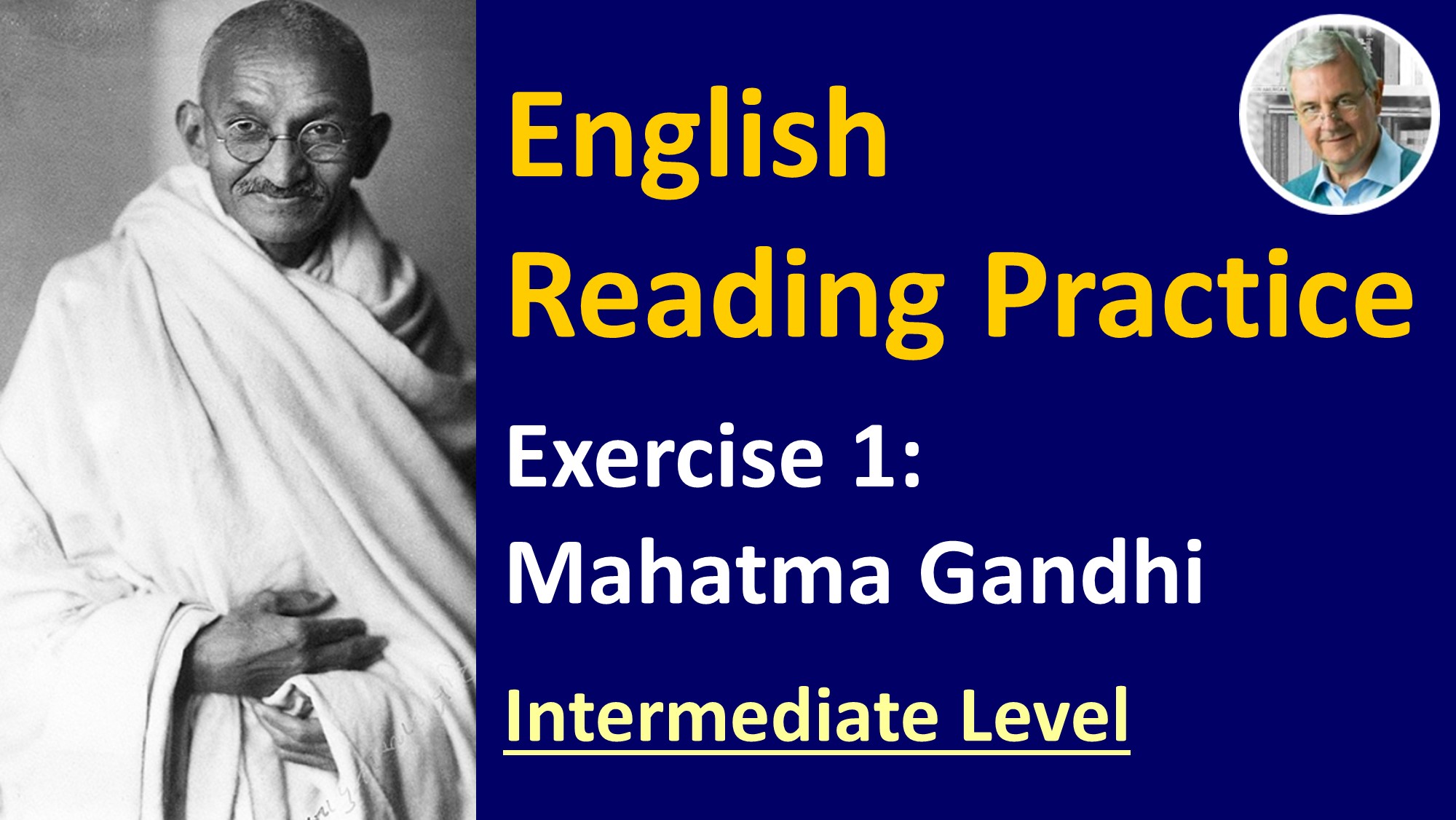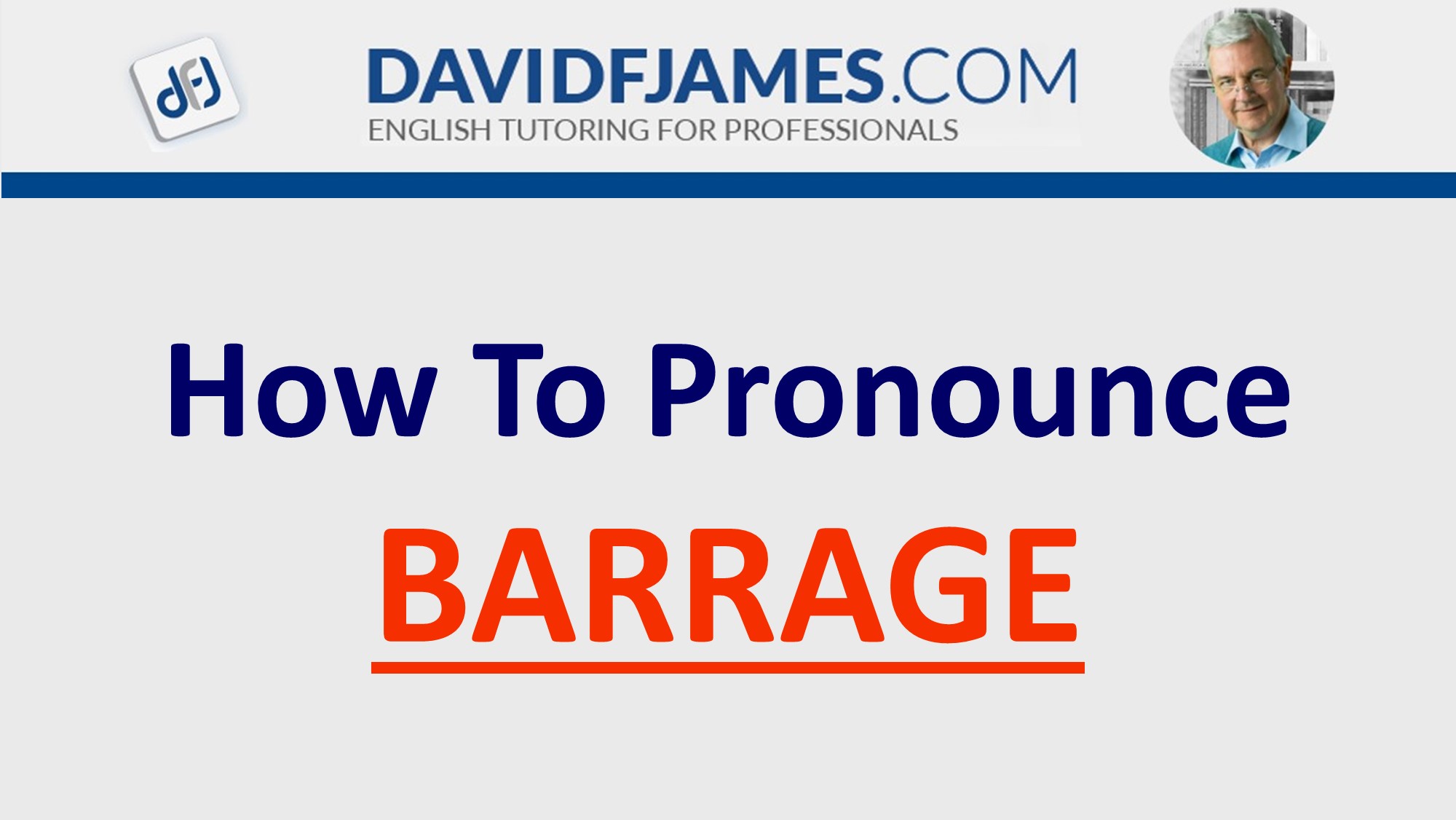What is the Difference Between CONSCIOUS and CONSCIENCE?
Here is a transcript of the video “What is the Difference Between CONSCIOUS & CONSCIENCE?”
Slide 2:
What is the difference between CONSCIOUS & CONSCIENCE?
CONSCIOUS (CON◦shus)
Definition: awake, alert, aware of one’s surroundings
The clipart shows a person waking up, with an alarm clock ringing
Antonym: UNCONSCIOUS
Definition: asleep, not aware of anything, not conscious
The clipart shows a woman fast asleep
Slide 3:
Continually IMPROVE YOUR ENGLISH Click the subscribe button NOW
Slide 4:
Sentence example: The patient remained fully conscious during the eye procedure.
Slide 5:
Sentence example: She wasn’t conscious of the fact that her comments were embarrassing her colleague.
In other words, she wasn’t aware, or didn’t realize that she was embarrassing her colleague.
Slide 6:
The picture shows the boxing match between Muhammad Ali and Zora Folley at Madison Square Garden, NY, March 22, 1967
Sentence example: A punch from Mohammad Ali in the 7th round rendered his opponent unconscious.
Note this collocation: a person can be rendered unconscious
Slide 7:
Now let’s look at the word CONSCIENCE (CON◦shunce)
Definition: a moral sense of right and wrong, an inner voice that judges an individual’s conduct, approving or condemning
The clipart shows a judge’s gavel inside a person’s mind.
Slide 8:
Sentence example: After she lied to her boss about being sick for the day, she just lay in bed with a guilty conscience.
Slide 9:
Sentence example: Does it prick your conscience when you ignore a beggar in the street?
Slide 10:
Some common collocations with
CONSCIENCE include:
- prick your conscience
- guilty conscience
- go against your conscience
- sensitive conscience
When a person has a keen sense of responsibility, taking care to do a job thoroughly, they are said to be ‘conscientious’.
Slide 11:
What is the difference between CONSCIOUS & CONSCIENCE?
CONSCIOUS
Definition: awake, alert, aware of one’s surroundings
CONSCIENCE
Definition: a moral sense of right and wrong, an inner voice that judges an individual’s conduct, approving or condemning
Slide 12:
Has this video helped you? LIKE | SHARE | COMMENT NOW!
Slide 9:
Build A Powerful English Vocabulary with my FREE course on Udemy.
Go to: http://goodenglish.online
If you are interested in correct word usage, be sure to visit:
AMATEUR vs NOVICE – What’s the Difference?
Here are two other words which can be easily confused:
CONTINUAL vs CONTINUOUS – What’s the Difference?
Image Credits
Slide 4 – eye procedure
Creative Commons
https://flic.kr/p/5RSAwx
Slide 5 – embarrassing
Creative Commons
https://flic.kr/p/DXrKaT
Slide 6 – knockout
Fair Use
https://www.youtube.com/watch?v=C_fEIVwjrew (2:06)
Slide 8 – lying in bed
Royalty Free
Lying Stock photos by Vecteezy – vystekimages
https://www.vecteezy.com/free-photos/lying
Slide 9 – beggar
Creative Commons
https://flic.kr/p/atehLZ
———————————————————————
Regarding the use of illustrations and photographs used in this video:
Creative Commons Attribution Licence
Others are allowed to copy, distribute, display, and perform copyrighted work – and derivative works based upon it if they give credit to the creator or source.
https://creativecommons.org/licenses/by/4.0/legalcode
Fair Use
Section 107 of the Copyright Act provides the statutory framework for determining whether something is a fair use and identifies certain types of uses—such as criticism, comment, news reporting, teaching, scholarship, and research—as examples of activities that may qualify as fair use.
https://copyright.gov/fair-use/more-info.html
Royalty Free
The image may be used for almost any business, personal, educational or charitable purpose as long as a credit is published to the creator of the image.



